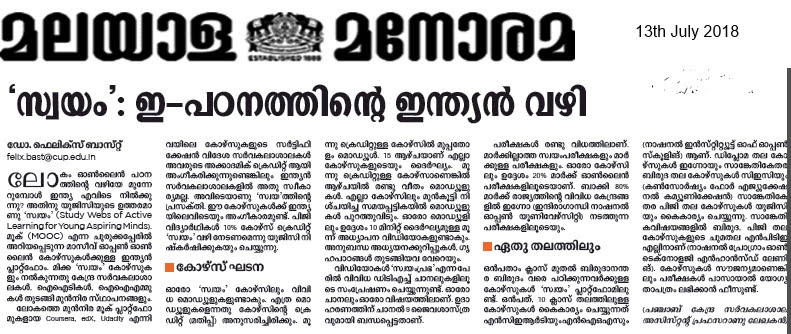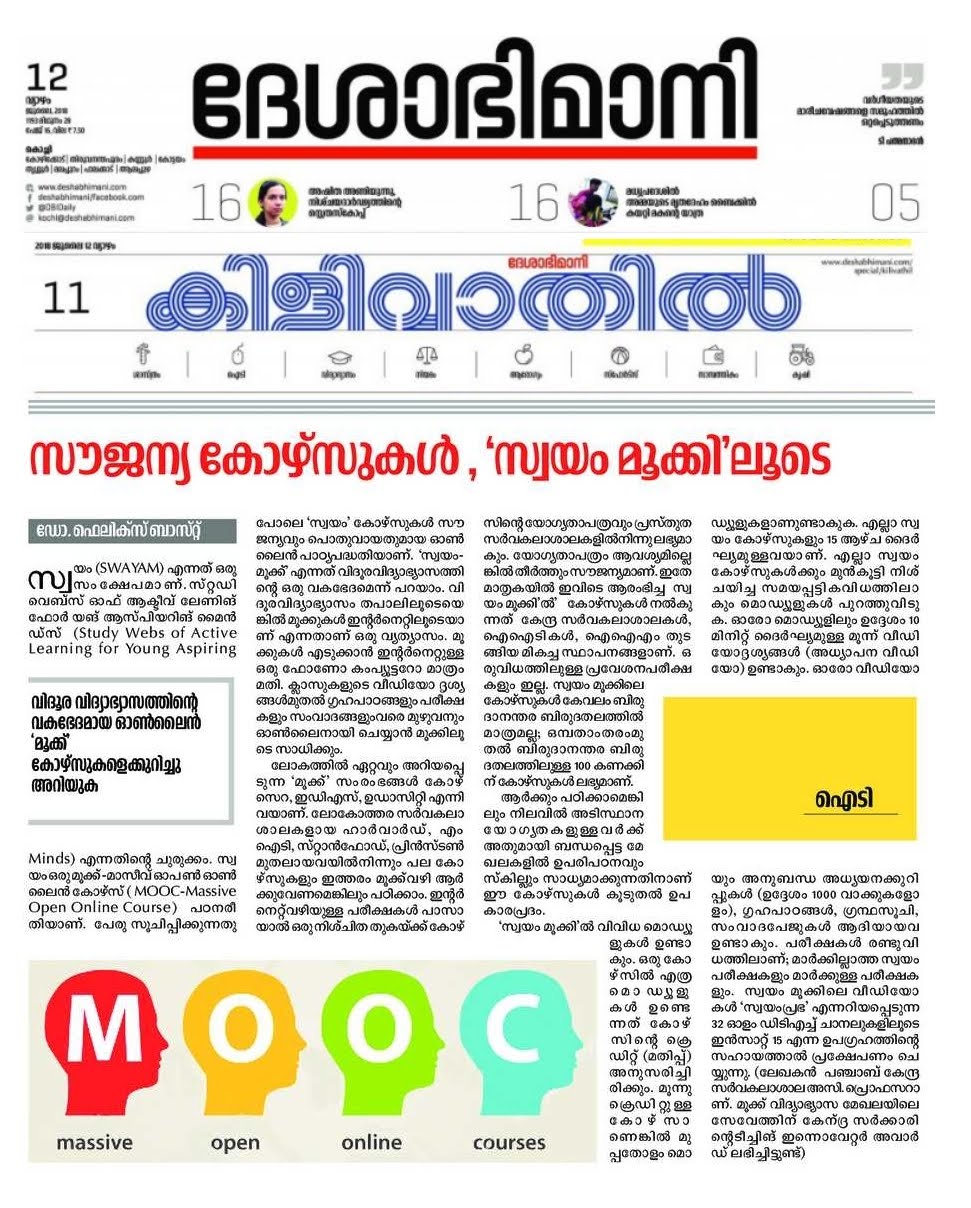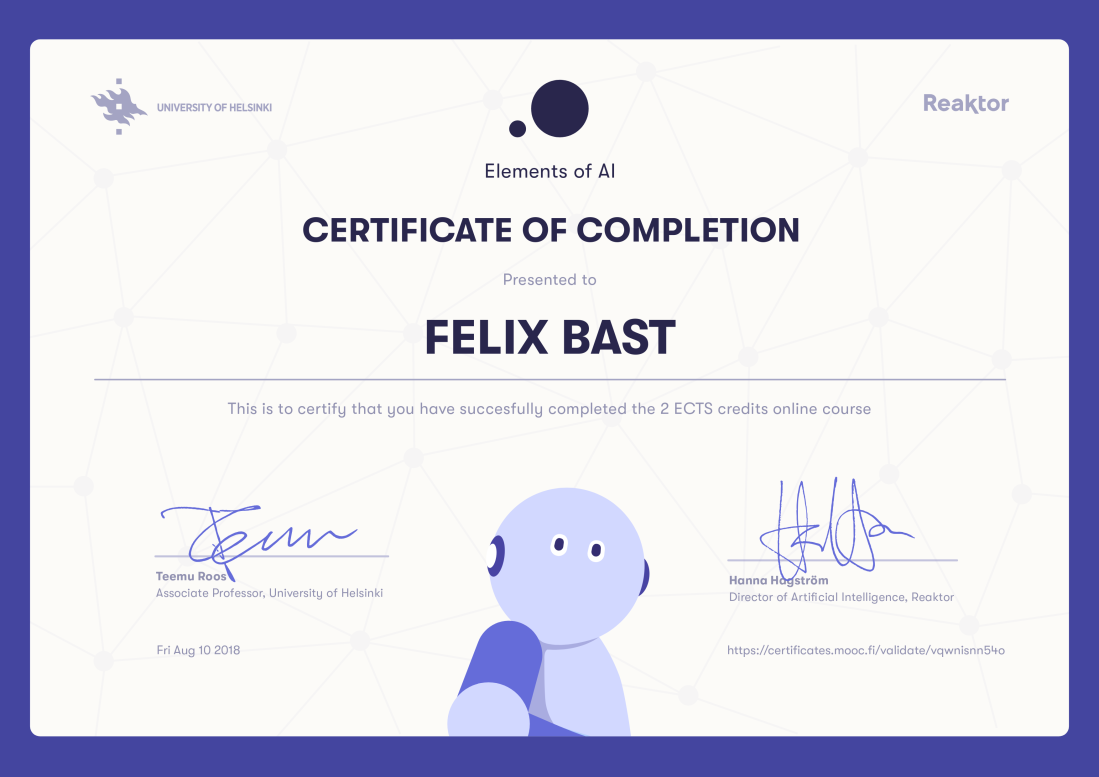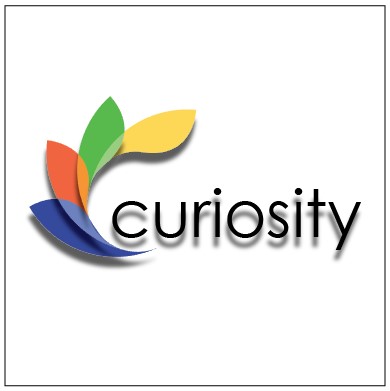Dr. Felix Bast
This explainer article is aimed at introducing SWAYAM- the new flagship program of the union government. I am privileged to have been one of the faculties whose course proposal had been approved by the UGC for the development of a SWAYAM course in the first phase of program (Course “Biostatistics and Mathematical Biology” is expected to be released in early 2019).
The Sanskritized Hindi acronym SWAYAM stands for Study Webs of Active-Learning for Young Aspiring Minds. SWAYAM is a type of Massive Open Online Course (MOOC) platform offered by MHRD, Govt. of India, technically supported through a subsidiary of Microsoft Corporation, USA. Perhaps you might have heard of correspondence courses offered by open universities such as IGNOU or distance education wing of a number of universities. MOOCs are a very similar concept; instead of postal correspondence with the university faculty, students access the course materials (teaching video, lecture handouts, books, assignment etc) through the internet. All you need is a computer or smartphone with the internet where you can access the course from anywhere in the world for free of charge. If you pay a nominal fee and pass the examination, you can even get recognized course certification from the university offering the MOOC. Note that SWAYAM offers only individual courses, not whole degrees or diplomas. SWAYAM is accessible through https://swayam.gov.in or through an Android app available at Google Play.
A major advantage of MOOC is that it let you take classes from leading faculties from top-ranking universities even if the student could not manage to get admission there. SWAYAM typically offers courses by faculties from Central Universities, IITs, IIMs, IISERs etc; physical enrolment in those institutes are severely restricted by highly competitive national-level entrance tests like JEE, CUCET, CAT etc. Even if you couldn’t qualify CUCET for instance, SWAYAM lets you take courses from faculties at Central Universities, free of charge. In one sense, SWAYAM opens up “cloistered academic hegemony” and makes the high-quality courses accessible to anyone disrespecting their economic status, educational level, gender, nationality, caste, religion etc. SWAYAM brings an egalitarian, socialistic approach to the education sector. There are no entrance tests for SWAYAM courses; all courses are open to all. As a MOOC, SWAYAM has several advantages. The student can access courses from anywhere (while travelling in a bus, at night, while having meals etc.); this is convenient for those who have jobs, parents on maternity/paternity leaves and so on. In comparison with traditional ‘brick-and-mortar’ classroom instruction, MOOC let the students watch the class video as many times as they like. This is important while learning new concepts, as studies have affirmed that frequency of revision plays a crucial role in etching the concepts in our long-term memory. Students can pause the class to take notes and rewind/forward as they may prefer. A disadvantage of MOOC is that it demands a computer or smartphone with the internet connection. As mobiles and internet connections are becoming more affordable to weaker socioeconomic sections, the impact of this disadvantage is expected to abate in near future.
MOOC is an example of two-way learning. As in a traditional classroom, students can pose questions to the teacher and can get their doubts cleared online. Students can also interact with other students through discussion forums. In contrast, one-way learning (or self-learning) let the students access contents only, without any interaction. For example, DD Gyan Darshan, YouTube, TED, Radio, TV, a textbook etc. Another example of one-way learning is e-PG Pathshala- a precursor of SWAYAM. I strongly encourage the students to check out e-PG Pathshala portal (https://epgp.inflibnet.ac.in) and access contents of thousands of courses offered there. A disadvantage of e-PG Pathshala is that as it is one-way learning, students can not interact with other students or with the teacher. A number of contents at e-PG Pathshala are now being converted (‘repurposed’) to SWAYAM courses for this reason.
Major MOOC providers in the world are edX (www.edx.org), Coursera (https://www.coursera.org), Udacity (https://www.udacity.com) and Khan Academy (https://www.khanacademy.org). Anyone anywhere in the world can enrol thousands of courses accessible through these websites free of charge. Courses include that taught by faculties from top-ranking ivy-league universities, including Harvard, Stanford, Princeton, MIT, Cambridge, Oxford and so on. I urge everyone to search for interesting courses and enrol in a course or two. If you pay a nominal fee and pass online examinations, you will get official course certificates from those universities. For instance, an MSc student from a local college in Kerala would like to take Mathematical Biology course, which is not offered in her college. She can enrol this course offered by the University of California, Berkeley, USA through Coursera. If she pays a fee and passes online tests of the course, she can earn course transcript from UC Berkeley. However, note that course certificates from foreign universities cannot be used as part of the degrees from Indian Universities.
SWAYAM becomes relevant in such situations as it offers credit transfers across all universities and institutes pan India. The student mentioned earlier can take my course through SWAYAM free of charge. If the student pass end of course examination which is part online and part offline as explained later and pay a nominal fee, the student can earn a course transcript from CUPB (Central University of Punjab, Bathinda where I am based at). She can use this transcript as part of her existing MSc course. All courses offered through SWAYAM are fully recognized by the government of India and are valid in the country, which is a major advantage. As per the recent circulars from UGC, all universities in the country should have at least 10% of total courses offered from approved SWAYAM courses.
SWAYAM courses typically have four components called ‘quadrants’. First one is teaching content which could include teaching video, PowerPoint presentation, animation, video of blackboard teaching, podcast (recorded audio), screencast, interviews and so on. All these depend on the concerned subject and the pedagogical strategy adopted by the teacher. This component also includes e-text, which is a self-explanatory text material or lecture handout comprehensively covering the subject matter. The second quadrant is references or further learning resources, which typically is a webpage with curated hyperlinks to relevant quality contents across the internet. The third quadrant is the discussion forum, which is typically a webpage where students can interact with one another and pose questions. The fourth quadrant is assessment, which could be quizzes, descriptive examination, assignments, term-paper etc. There are two types of assessments, ungraded and graded. A student typically earns 20% of total marks through graded tests and graded assignments accessed and submitted entirely online. You can attempt these online tests from anywhere, for instance at home. Other 80% of total marks is earned through proctored examination at select centres across India through a mechanism in collaboration with IGNOU.
Similar to classroom courses that are divided into various units, SWAYAM courses are divided into various modules. Each module covers a section of the syllabus. Typically, a module consists of 40 minutes of video, broken into three smaller length videos. Duration of SWAYAM course is usually 15 weeks. The total number of modules in a course depends upon total credits of the course. For example, a 3-credit course will have 30 modules (2 modules per week) while a 4-credit course will have 40 modules. Each week will begin with a brief introductory video of around 2 minutes in duration introducing contents of that specific week. Module videos and assessments of the week will be released on scheduled days. Each week would conclude with a brief sum-up video of around 3 minutes reviewing concepts that are covered in that specific week. Video lectures in all SWAYAM courses have been repurposed by the MHRD to broadcast it via SWAYAM-Prabha TV channels. There are 32 DTH channels available through SWAYAM Prabha, divided based on subjects. For example, channel 9 covers all life science subjects. SWAYAM Prabha channels are comparable to DD Gyan Darshan. However, note that there is no two-way learning. SWAYAM Prabha brings the high-quality contents of SWAYAM over the air to millions of households without internet using GSAT-15 satellite.
SWAYAM program is a ‘vertical’; it contains hundreds of courses from grade 9 onwards till post graduation level to suit students from different age groups. While UGC-SWAYAM (to be renamed to HEC-SWAYAM shortly) offers non-technology postgraduate courses, NPTEL-SWAYAM offers technology graduate and postgraduate courses. CEC-SWAYAM offers non-technology undergraduate courses, IGNOU-SWAYAM offers diploma and certification-level courses, and NCERT/NIOS-SWAYAM offers grade 10 and grade 9-level courses. In addition, courses offered through SWAYAM can be accessed by anyone to improve her/his knowledge as part of the Life-Long Learning philosophy absolutely freely. For example, an unemployed person living in a remote village with no formal education can enrol in computer programming course to learn to code and creating software/apps. For her/him a formal certification and credit transfer might not be important; all it matters is to acquire the knowledge.
SWAYAM, as in any other MOOC, also facilitates the modern pedagogical concept of flip-class (also called hybrid/blended learning) for existing physical classroom teaching. Consider my own classroom teaching at CUPB. I can ask my students to access my MOOC (watching my classes, accessing course materials etc.) at home/hostel. During the scheduled periods in the classroom, instead of teaching the contents once again-which is now redundant, I would facilitate discussion about the subject, solving their doubts, attempting assignments/ ‘home’ works. Here, ‘home’ work would have been flipped to ‘class’ work, and venue of teaching flipped from classes to their homes; thus the name ‘flip class’. Obviously, it would mean more efforts by the teachers (not merely taking classes but also helping the students to solve assignments, immerse in their discussion etc.) For the same reason, many teachers are against the idea of adopting flip-class concept in their classes. However, a number of recent studies suggest flip-classes to be more effective than traditional classes. One reason for this is that the students learn most of the concepts either themselves or from peer-group discussions- a fact established by decades of educational research. While the role of the teacher is limited to facilitate self-learning and peer-group discussions, traditional classrooms over-emphasize teachers; it is more teacher-centric and promotes rote-learning. Traditional classroom teachings are mostly one-way ‘didactic monologues’ (like preaching in radios) which are an unproductive strategy as confirmed by numerous educational studies. In contrast, flip-classes are student-centric and foster peer-group discussions. As teacher-student one-to-one interaction is far higher, ‘flip-classes’ let the teachers identify the specific weakness of individual students and tailor-make her/his teaching strategy to nurture the learning, a concept known as ‘personalized learning’.
The bottom line is that SWAYAM offers unprecedented learning opportunities to crores of people. Enrolling SWAYAM courses are completely free while formal certification requires a nominal fee. Anyone who can access Facebook or WhatsApp on their phones can access high-quality SWAYAM courses offered by faculties from CUs, IITs, IIMs, IISERs etc., opening up the quality education to the masses. Hopefully, people will spend their free time learning something exciting through SWAYAM instead of squandering their precious time in WhatsApp, Facebook etc. Let me conclude this write-up with a famous quote from Albert Einstein: “Wisdom is not the product of schooling, but of the lifelong attempt to acquire it. Once you stop learning, you start dying.”
(Dr. Felix Bast is a science writer and a faculty based at Central University of Punjab, Bathinda. He had been selected for this year’s “Teacher Innovator Award” from Ministry of Human Resources and Development (MHRD), Govt. of India for his contribution towards the development of MOOCs.)
(An abridged Malayalam version of this article appeared on 12th July, 2018 in Deshabhimani, Malayalam newspaper: All editions, on 13th July 2018 in Malayala Manorama, Malayalam newspaper: All editions, and on 16th July 2018, The Hindu, national newspaper all editions)







